Sustainable development
In April 2022 – after 5 years in our previous brewery and taproom – we moved to a greatly expanded new facility in a former garden centre just a few hundred metres down the road in Zitnjak, Zagreb.
Being smart and sustainable was key to this new build.
We removed large concrete areas to create a large outdoor garden complete with 40+ mature trees and a large lawn. This – along with our indoor trees in our large glass atrium taproom – are irrigated using brewery waste water. The trees create a beautiful microclimate and natural shade. We also used fungi instead of chemical fertilizers, water permeable building surface materials, eco-friendly materials and native plants. Better for the environment, local birds and animals and our staff and customers.
There’s more we can do and we’re working on it but this is a significant and positive step we’re proud of. This work was done with Werft Gardens & Landscapes and Milan Štrbac from US Architects
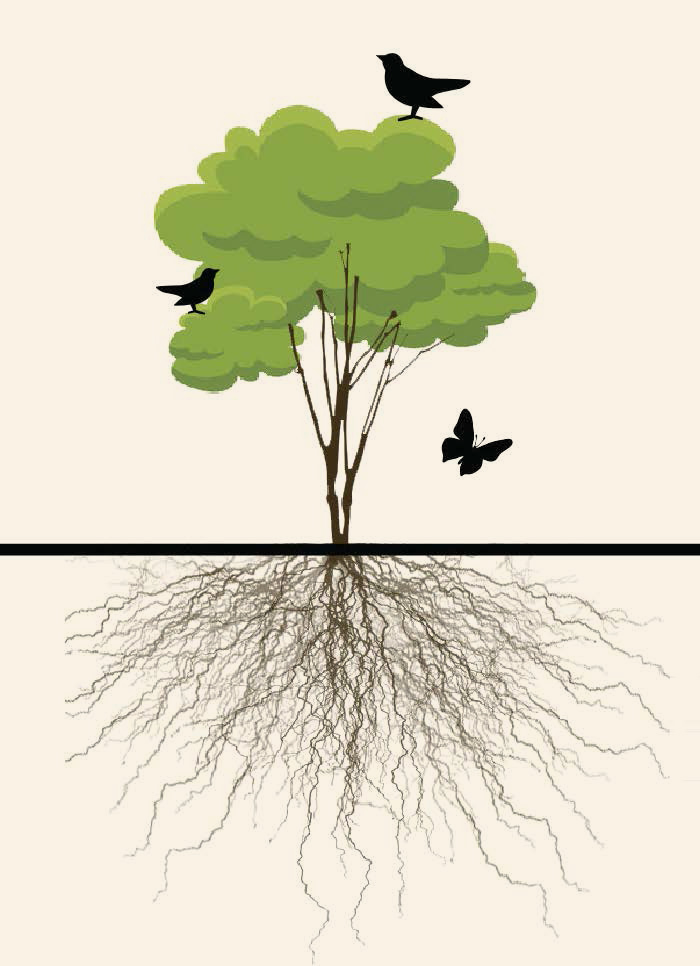
Native Plants
We took advantage of local evolutionary adaptation benefits (over non-native species) to ensure
- restoration of natural habitats and food sources for local birds and animals
- more efficient use of water
- increased resistant to local weather, pests, drought and environmental risks
- low-maintenance update, non-invasive and no need for chemical fertilizers
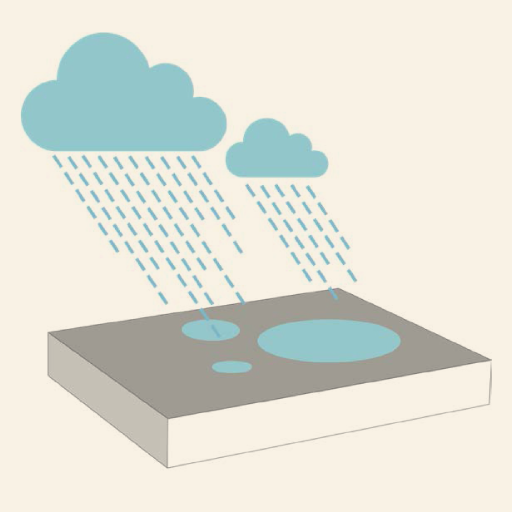
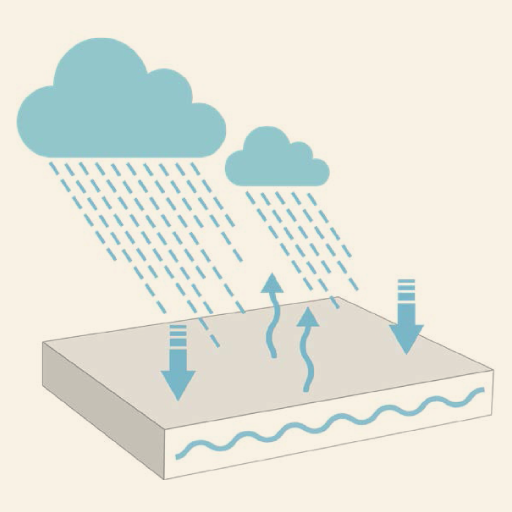
Water-Permeable Surface Materials*
We replaced a large concrete area with a garden with lawn, trees and porous surface materials to allow water flow and re-established a natural hydrological balance, benefiting the environment and our staff and customers via a more pleasant climate
Benefits include
- creation of a new microclimate with lower temperatures (via the cooling of absorbed water evaporation), increased natural moisture and lower dust levels
- replenished groundwater reservoirs with reduced pollutants due to percolation
- increased flood prevention and reduced run-off to gutters and storm drains
In contrast non-permeable surfaces (like concrete) heat up in sunlight
* Stabilizer 2000 is a decomposed granite with non-toxic, organic binder that produces a water-permeable surface with hollows that retain some rain water that evaporate back into the atmosphere
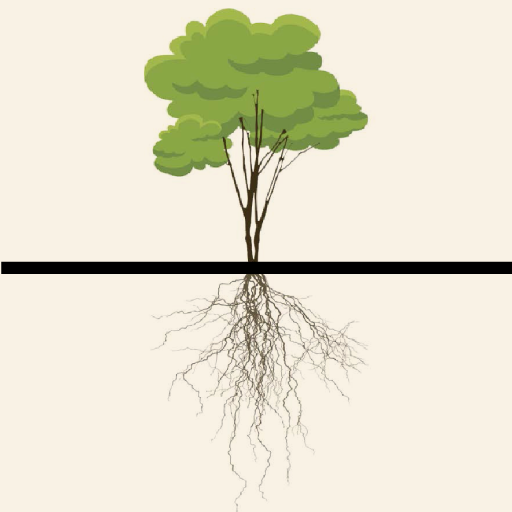
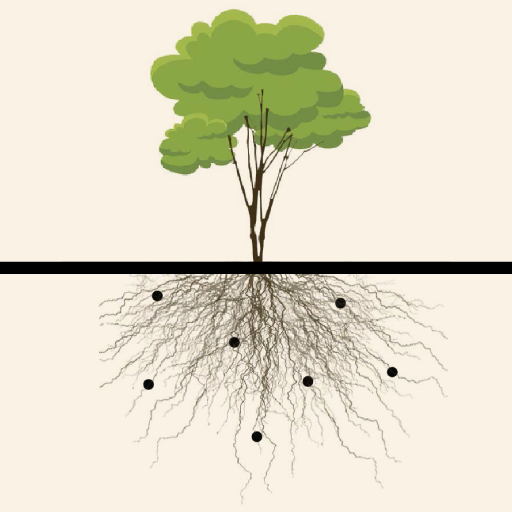
Mycorrhiza: Natural Organic Fertilizer
We introduced mycorrhizal filaments; fungi that create symbiotic relationships with plants, in effect extending their root systems, meaning no chemical fertilizers were needed.
Mycorrhiza
- increase the length and surface area of plants’ root systems
- increase the efficiency of nutrient and water absorption
- release powerful positive organic compounds into the soil
Scientific studies show mycorrhizal populations are slow to recolonize naturally so reintroducing them into areas where they’ve been lost dramatically improves plant health and performance
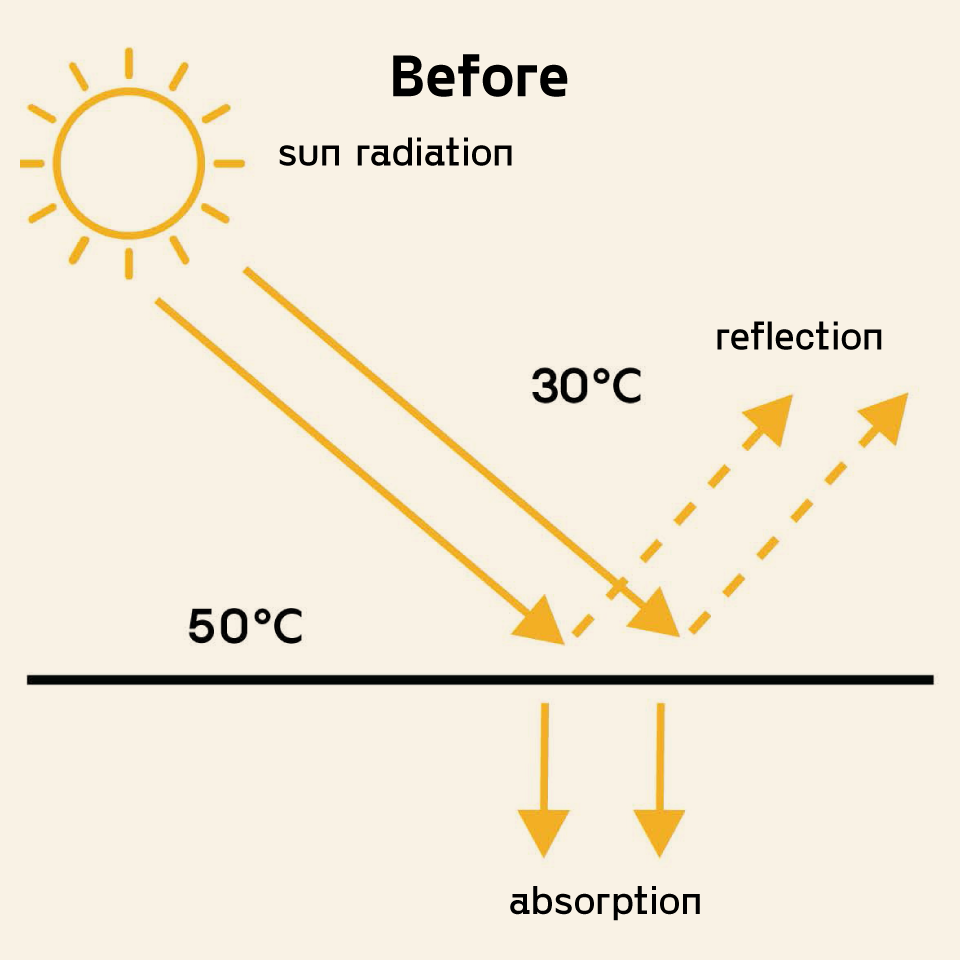
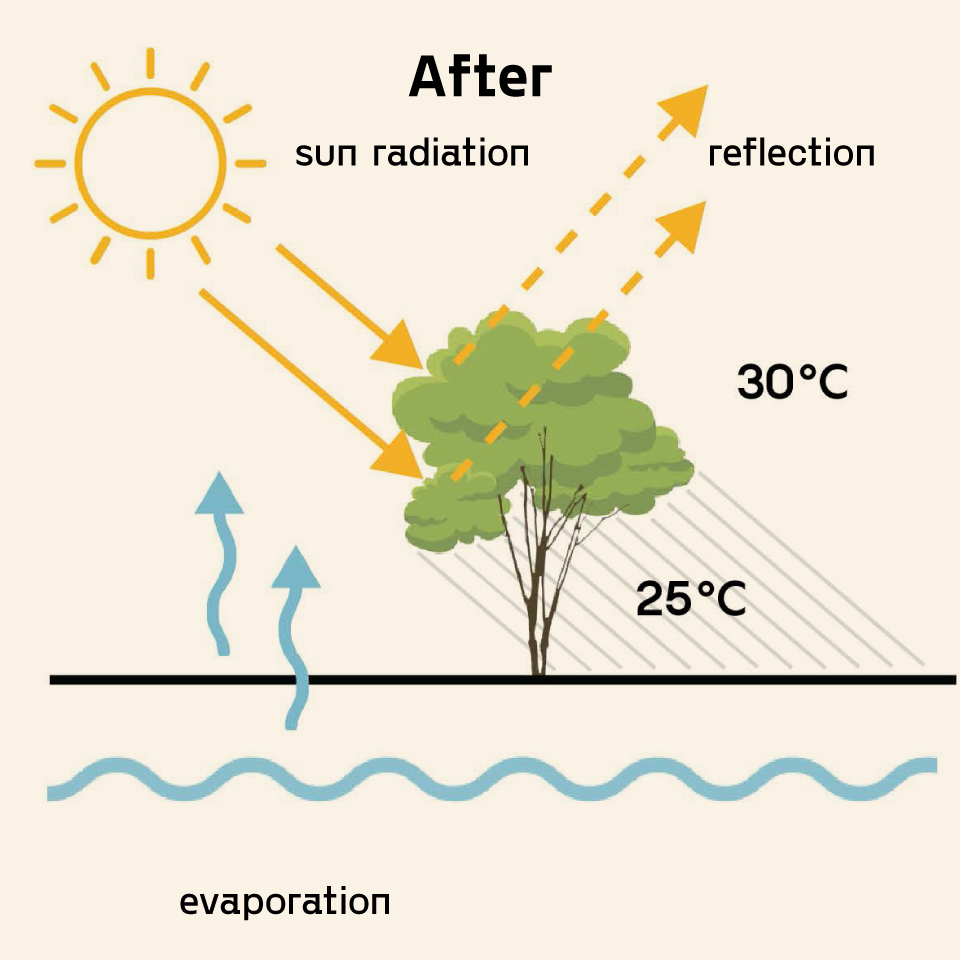
Tree-Planting Creating a Microclimate
Microclimates are created by local differences in heat or water absorbed or emitted near the surface. Human comfort is impacted by environmental variables like solar radiation, air and surface temperature, humidity and wind speed.
Trees impact urban microclimates in many positive ways, acting as natural air conditioners
- intercept solar radiation
- provide shade
- direct air flow and wind speed
- cool high air temperatures by water evaporation from leaves and soil
- warm cool air temperatures by blocking and slowing wind speed
Positive modification of urban microclimates helps conserve energy and provide passive cooling or warming.
Energy-efficient planting
We used self-sustainable species that are
- pest & disease resistant
- drought tolerant (once established)
- long-living
- winter hardy
- suited to the local soil type and pH
This policy will help us develop a local microclimate and an energy-efficient garden that require less water, fertilizer, labour, maintenance and plant replacement
Brewery wastewater reuse for garden irrigation
We recycle our brewery wastewater on-site to irrigate our entire garden: internal and external plants and trees and our lawn. This not only saves money but also
- reduces our freshwater consumption
- removes the need to transport fresh water to us
Eco-friendly materials
We used wood and stone, local, low-energy renewable materials, avoiding plastic and synthetic materials where possible to
- decrease the amount of material sent to landfill
- improve energy and water efficiency
- reduce greenhouse gas emissions
- prevent toxic chemicals from leaching into the soil and waterways
